Do you need to go away from your PC for some time but don’t want to close any running apps? Then Hibernate is the one that will back you up.
You can start your computer where you left off by activating Hibernate. By default, this option is disabled on Windows 11. Be at ease there are 4 mesmerizing methods available to enable or disable this Hibernate mode easily.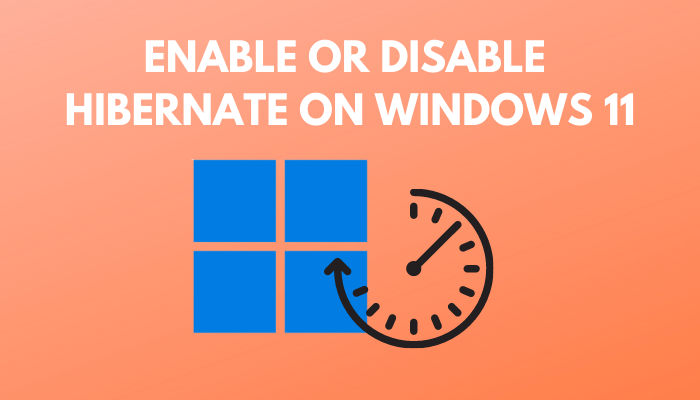
Let’s check those out!
Follow our guide to enable two finger scrolling in Windows 11.
How to Enable Hibernate Mode in Windows 11
The Hibernate mode on Windows 11 will assist you when you need to shut down your computer without closing any apps. You can choose Control Panel, PowerShell, CMD or Regedit to accomplish the enabling process. And these 4 methods will provide you with the utmost outcome.
Don’t be dazzled. All of these methods are very easy to conclude, and by the end of each, you will be satisfied as your Hibernate mode will be ON.
Here are the methods to Enable the Hibernate mode on Windows 11:
1. Use the Control Panel
The Control Panel is the key program on Windows with which you can easily modify your Windows 11 system. This program will also allow you to enable the Hibernate feature.
Here’s how you can enable Hibernate using the Control Panel:
- Move to the Search box and type control panel.
- Select the Control Panel app.
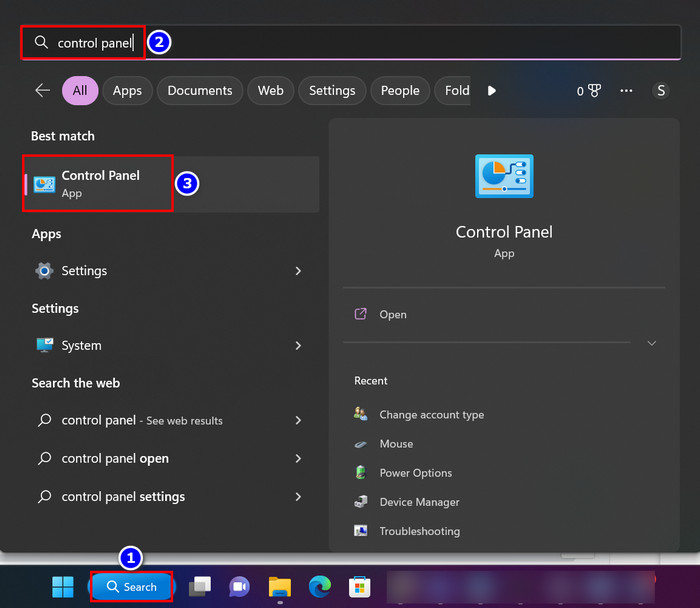
- Change the View by section to Category and click on System and Security.
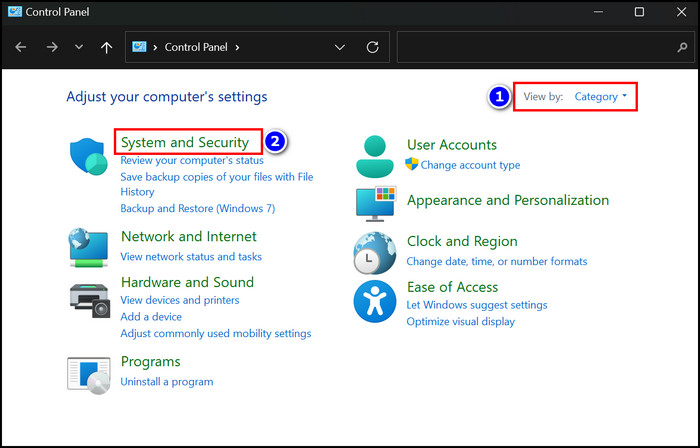
- Choose the hyperlink What the power buttons do from the Power Options tab.
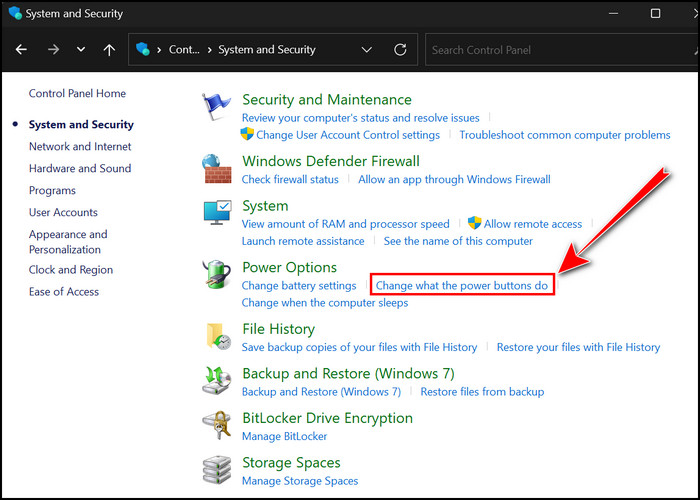
- Click on the Change settings that are currently unavailable option.
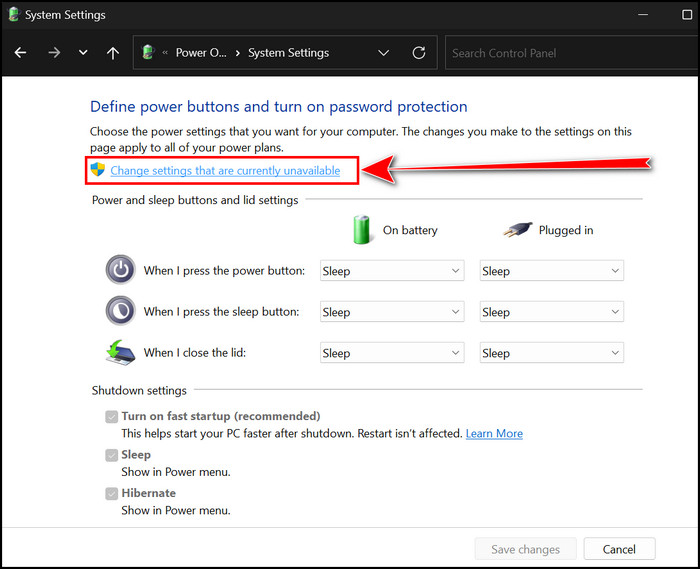
- Enable the Hibernate checkbox.
- Hit the Save changes option.
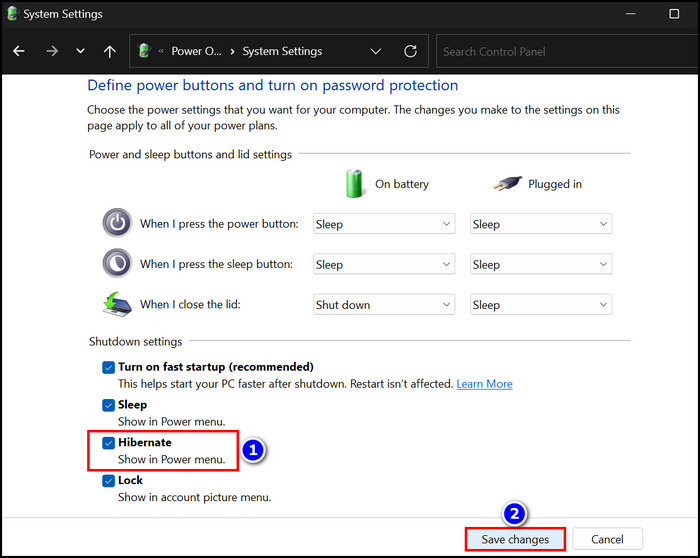
- Move to the Power button, and you will see that the Hibernate option is enabled now.
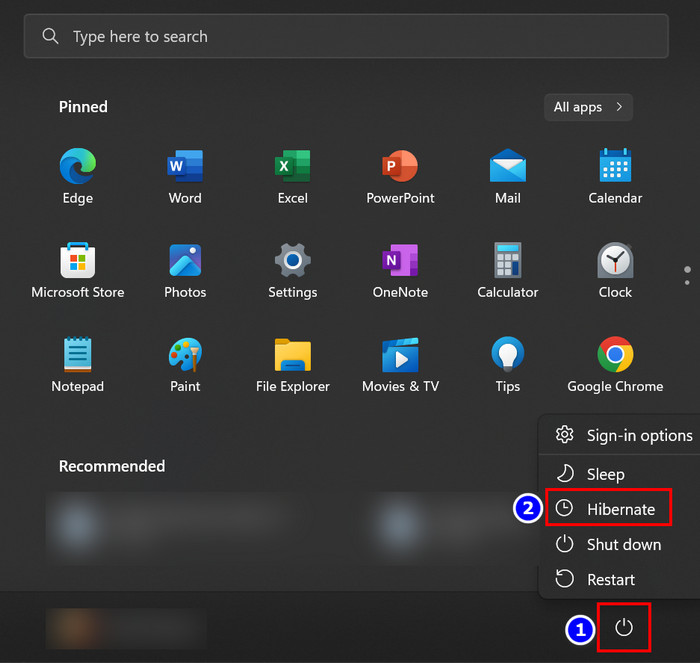
From now on, whenever you need to make your computer Hibernate, you can do that with some simple clicks.
Windows Sleep and Hibernate mode are relatively close, and basic users prefer the sleep option as this is common and fast. So read and learn a fascinating way to automatically schedule Windows 11 to wake from sleep.
However, Hibernate is ideal for the power user, so check the rest of the methods to enable that feature.
2. Apply Command Prompt
Copy and Paste a command into Command Prompt, and your Hibernate function is enabled. Navigate through the steps to complete this super-fast workaround.
Here are the steps to apply the Command Prompt to enable Hibernate:
- Press the Windows key and search for cmd.
- Choose Command Prompt as Run in administrator mode.
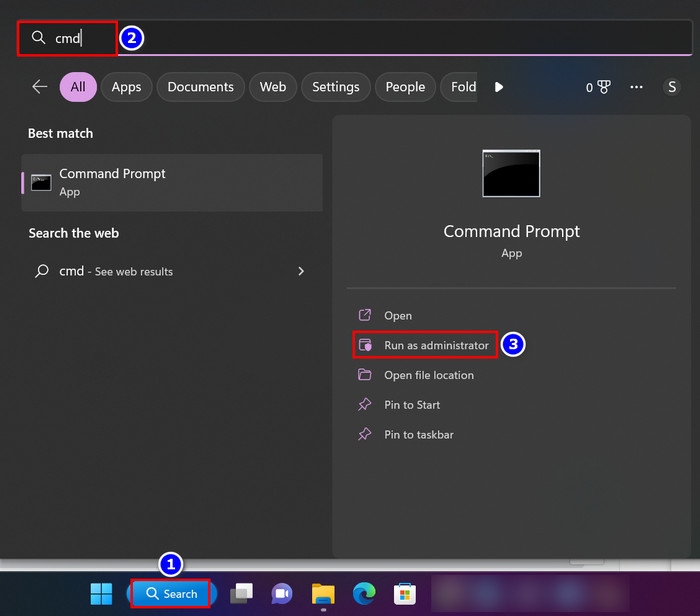
- Type powercfg.exe /hibernate on and hit Enter.
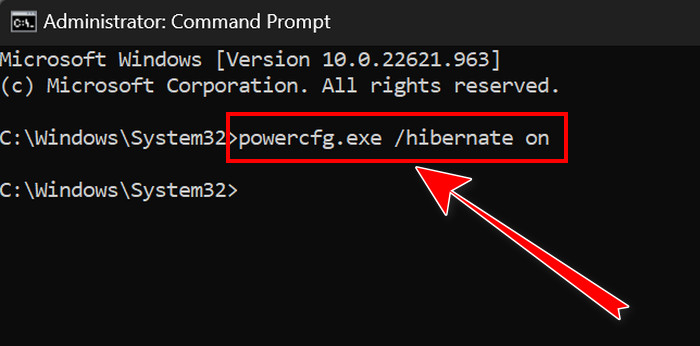
- Check the Power button, and you’ll see the Hibernate option.

That’s how you can easily enable Hibernate on Windows 11 with CMD. Using PowerShell is another smart way to accomplish the job. Follow the next process to complete that.
Check out the easiest way to schedule Windows 11 to wake from sleep automatically.
3. Apply PowerShell
PowerShell is another command window well known for its modification capabilities. Use that feature to enable Hibernate.
Here is the process to apply PowerShell to activate Hibernate:
- Search for PowerShell in the Windows Search box.
- Right-click on the Windows PowerShell app.
- Choose Run as administrator.
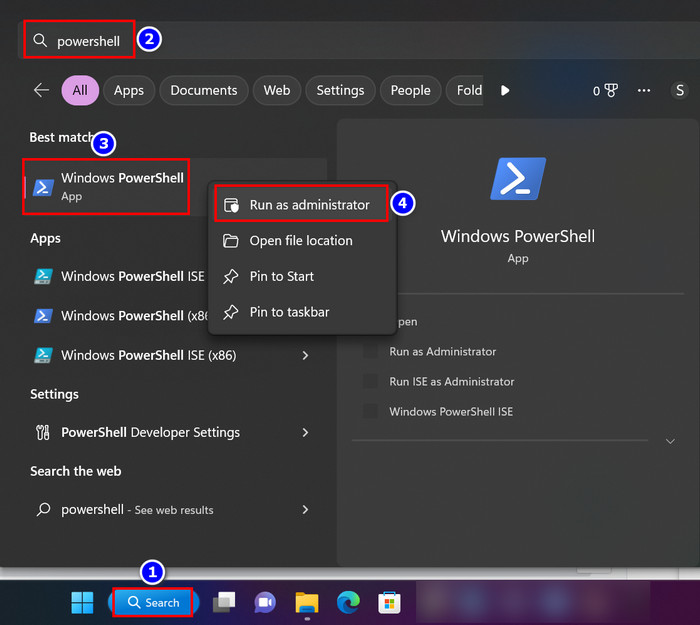
- Copy powercfg.exe /hibernate on command on it.
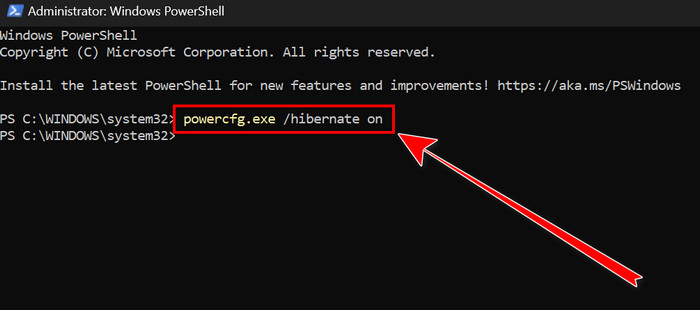
- Press the Enter key.
After completing this simple process, the Hibernate option on your system will turn on.
As I have mentioned earlier, several people fancy Sleep mode over Hibernate. But Hibernate is more battery efficient than Sleep. However, if you face Windows 11 won’t wake up from sleep, the article on it will definitely assist you.
Read the next method to enable Hibernate using Regedit.
4. Use the Registry Editor
All the information of your Windows system is stored in the Registry Editor. And slightly altering some data, you can smoothly enable Hibernate.
Here is the procedure for using the registry editor to turn on Hibernate on Windows 11:
- Move into the Search bar and write regedit.
- Right-click on the Registry Editor and choose Run as administrator.
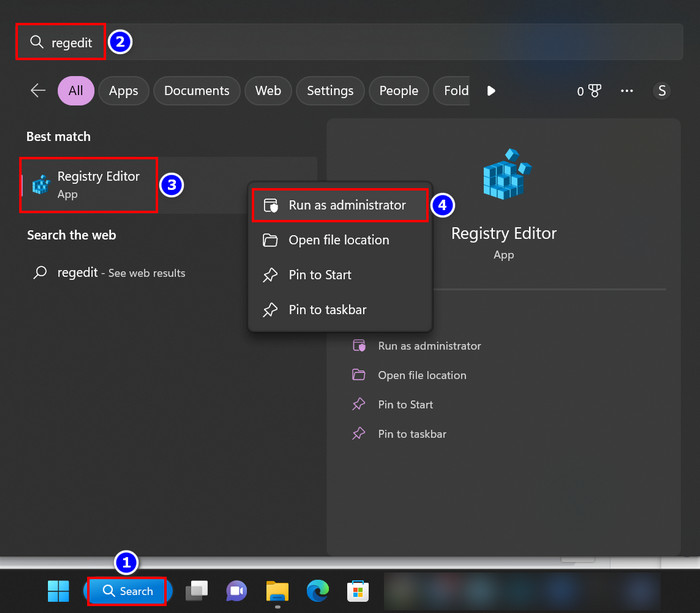
- Navigate to:
- Computer\HKEY_LOCAL_MACHINE\SYSTEM\CurrentControlSet\Control\Power
- Double-click on the HibernateEnabledDefault option.
- Make Value data to 1 to enable the function.
- Hit OK.
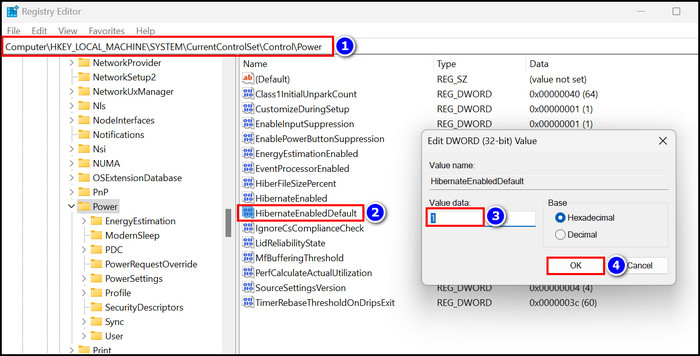
You can see that the enabling process of Hibernate is very simple. You can also disable Hibernate by navigating reverse through the procedures I show here. Have no worries. I displayed the disabling process down below so that you clearly understand.
Go through our epic guide to enable local users and groups management in Windows 11.
How to Disable Hibernate Mode on Windows 11
In the same way, you enable Hibernate; you can disable it by just tweaking some things and then you are all set. You can disable Hibernate using the Registry Editor and Control Panel. Furthermore, apply Command Prompt and PowerShell to disable the function with a single command.
Here are the procedures to Disable Hibernate mode in Windows 11:
1. Apply the Control Panel
You can disable the Hibernate function from your Windows system by navigating the Control Panel’s system and security.
Here are the steps to disable Hibernate using Control Panel:
- Search for the Control Panel and select it.

- Change View by into Category.
- Select System and Security.

- Click on What the power buttons do from Power Options.

- Choose Change settings that are currently unavailable.

- Uncheck the Hibernate box.
- Press Save changes.
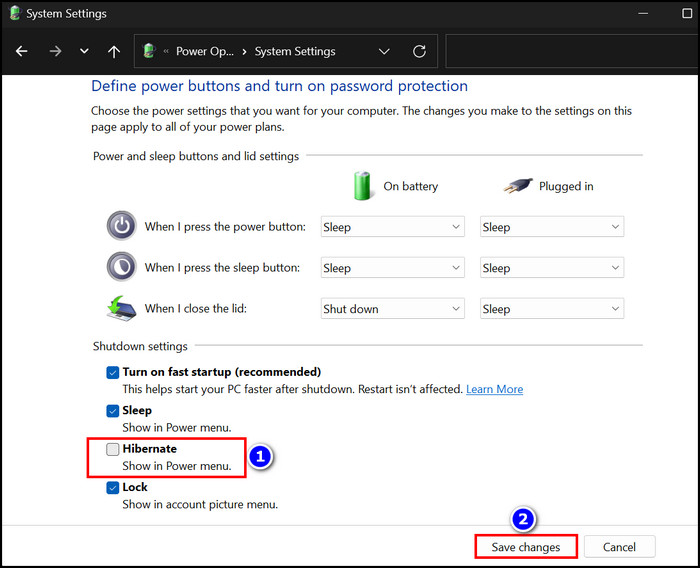
Now, if you hover over the Power button, you will no longer see the Hibernate option.
The Hibernate function will come in handy if you stay away from your computer for a long time. However, when you are away from your computer for a short period, like a coffee break, then quickly creating a sleep timer on your Windows 11 is pretty smart.
Follow the next segment to learn how to disable Hibernate using a single command.
2. Use Command Prompt or PowerShell
PowerShell or Command Prompt allows you to conclude your desired task with some commands. This statement is also true for disabling the Hibernate option. Let’s see together what that command is and how to complete the operation.
Here’s the method to use CMD or PowerShell:
- Search for cmd or PowerShell in the Search bar.
- Open one of them as an Administrator.

- Type powercfg.exe /hibernate off and press the Enter button.
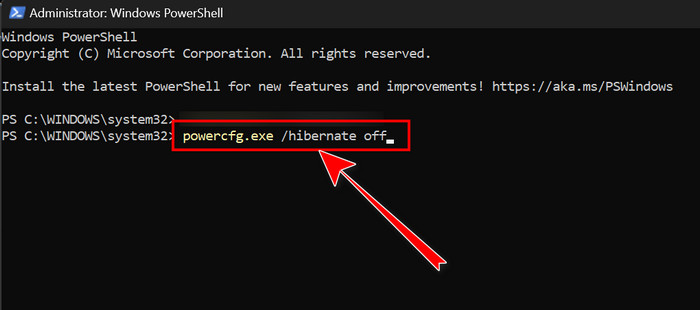
You will immediately notice that the Hibernate option on the Power button no longer exists.
3. Apply the Registry Editor
You learned how to enable Hibernate using the Registry Editor from the prior segment. Just change the Value data of HibernateEnabledDefault to 0, and the Hibernate feature will become disabled. See the instructions below to do that.
Here are the ways to apply Registry Editor to disable Hibernate:
- Navigate to Search and write regedit.
- Right-click on the Registry Editor and select the Run as administrator option.

- Move to:
- Computer\HKEY_LOCAL_MACHINE\SYSTEM\CurrentControlSet\Control\Power
- Find and double-click on HibernateEnabledDefault.
- Change the Value data to 0.
- Press OK.
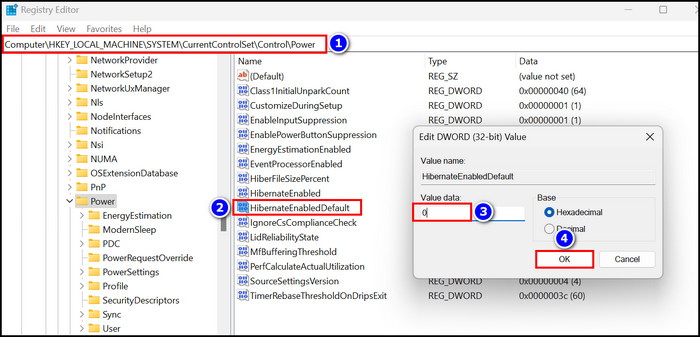
After finishing the process, you will conclude that your system has turned off Hibernate.
Hibernate and Sleep are relational functions implemented on Windows 11 to increase productivity. But that sole purpose will be hampered when your computer does not go to sleep mode. Read the related content to solve that issue if you face it.
There are some fascinating facts demonstrated in the following heading about Hibernate. Read that and enrich your knowledge.
What Does Hibernate Mean in Windows 11?
The term Hibernate on Windows 11 means when the computer saves its running apps into the hiberfil.sys folder in Hard Drive, and upon logging back into the system, you immediately find all your tasks. This feature will support you superbly when you move away from your device for some time.
Additionally, if you move out from your computer for a glimpse of time, Sleep mode will do the trick for you. You can make your Windows 11 system sleep, shutdown and lock by creating specific hotkeys, reducing your PC navigating time and increasing efficiency.
However, there is a fine line between Sleep and Hibernate; when you activate the Sleep mode, the running files and apps are stored in the RAM.
On the contrary, Hibernate stores the running apps in the hiberfil.sys folder situated on your Hard Drive.
The basic difference between those two features is that Hibernate saves more power than Sleep and is convenient to use while you are away for some significant time from your PC.
FAQs
Is hibernate removed from Windows 11?
No, hibernate function is not removed from Windows 11. But by default, this option remains disabled; you must enable it before using it.
How to enable hibernate in Windows 11 cmd?
To enable the hibernate mode in Windows 11 using the cmd open the Command Prompt with Administrative rights. Then write powercfg.exe /hibernate and hit Enter and you are all set.
Is it OK to always hibernate PC?
Yes, you will not face any issues if you always use the Hibernate mode. Even if you hibernate your computer for more than one day, your PC will be fine.
Wrapping Up
You move into this site hoping to find the measures to enable or disable Hibernate in Windows 11. And from here, you have already found 4 functional methods to complete that job.
Now it’s time for you to utilize this feature, increase your work proficiency, and start the work after the break from where you left off.
For further related queries, connect with me through a comment.




